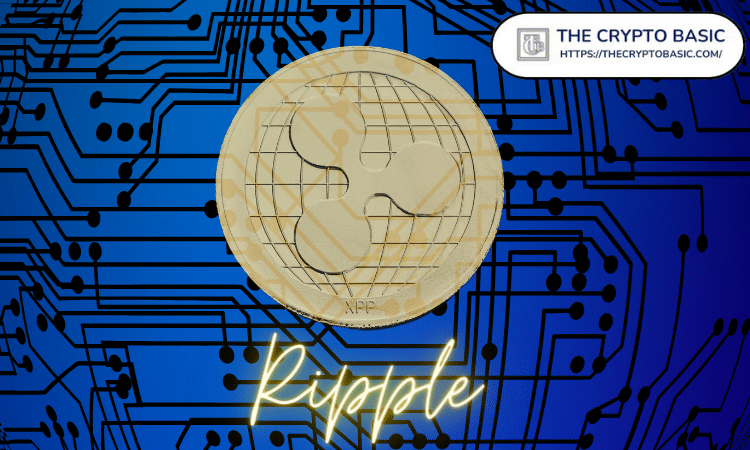A recent Ripple report highlights the growing penetration of crypto in the cross-border payments scene, which is expected to hit $250 trillion by 2027.
A recent report from Ripple spotlights the growing prominence of crypto and blockchain-based solutions in the cross-border payment industry, projected to hit a value of $250 trillion by 2027.
A huge shift in finance is underway. More than 80% of global finance leaders expect to begin using crypto in their business in the next three years.
Download the 2023 New Value Report to understand how to unlock the power of blockchain for your business. https://t.co/qQSHctnKW2
— Ripple (@Ripple) July 18, 2023
Per the report, the current global payment system faces significant shortcomings. Traditional payment methods are outdated, resulting in lengthy settlement times. These drawbacks can cause delays and frustration for businesses and individuals alike.
In contrast, blockchain and digital asset technologies offer a seamless global infrastructure that enables instant payments with lower fees. As a result, they are gaining traction as a viable alternative to traditional methods.
Advent and Limitations of Digital Banking
The rise of digital banking has empowered individuals and businesses, providing convenient access to financial services. By 2025, more than 65% of the US population is projected to utilize mobile banking.
Furthermore, online banking is experiencing substantial growth in Asia, with an estimated one billion users expected by 2024. Despite this progress, the underlying payment infrastructure remains outdated and fragmented.
Digital banking still leverages ancient payment systems, which remain slow and costly. The involvement of intermediaries for verification and settlement further exacerbates delays.
International transfers face additional challenges, including compliance requirements, currency exchanges, varying time zones, and limited operating hours. Consequently, international wire payments suffer from sluggishness and high costs.
Crypto Provides a Solution
Crypto and blockchain technology have emerged as promising solutions to address these issues in cross-border payments. By harnessing the power of cryptocurrencies, users can experience fast and cost-effective transactions.
Participants can swiftly transfer crypto and convert it into fiat currency using local methods. Notably, the XRP Ledger (XRPL) boasts some of the industry’s lowest fees and fastest processing times.
According to a Ripple survey, 44% of respondents believe that payments will drive future crypto adoption. Nearly 50% of participants consider cross-border payments one of the most significant cryptocurrency use cases.
Citing a report from the Bank of England (BoE), Ripple predicts that the cross-border payment sector will reach a staggering $250 trillion by 2027. With such exponential growth on the horizon, adopting crypto-focused solutions becomes crucial.
Recognizing the potential benefits, over 80% of global finance leaders plan to incorporate cryptocurrencies into their businesses within the next three years. As interest and adoption continue to surge, crypto and blockchain technology offer a promising means to overcome the challenges in the payment sector.
DisClamier: This content is informational and should not be considered financial advice. The views expressed in this article may include the author's personal opinions and do not reflect The Crypto Basic opinion. Readers are encouraged to do thorough research before making any investment decisions. The Crypto Basic is not responsible for any financial losses.



